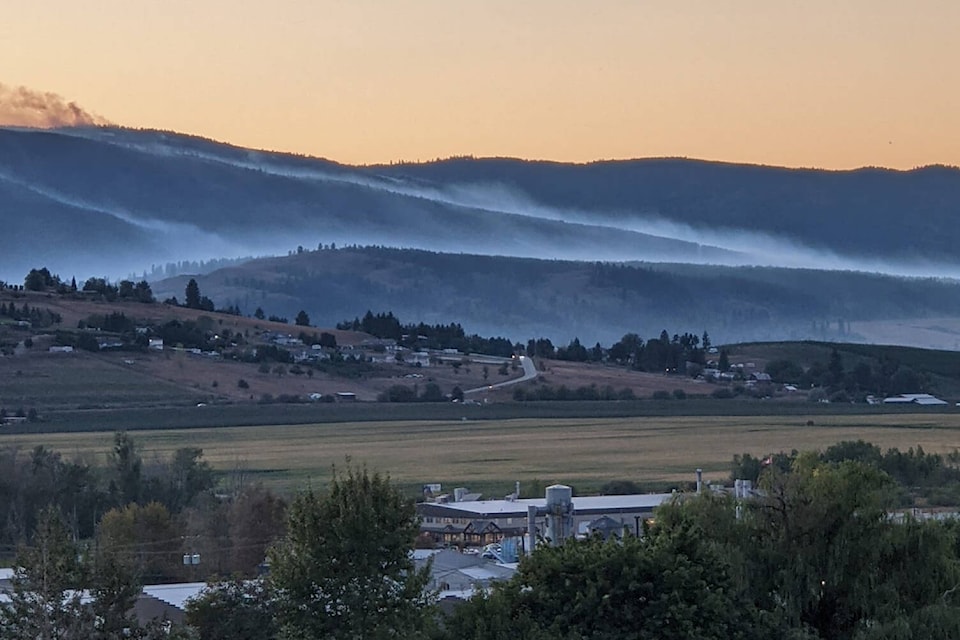If you ask a resident of the North Okanagan Shuswap how their summer was, there’s a good chance the answer you receive will be far from upbeat.
The word “catastrophic” came up on occasion over the summer as a descriptor of this year’s out-of-control wildfires in B.C. that razed homes and other structures, and scorched hundreds of thousands of hectares (868,607 hectares as of Sept. 8) throughout the province.
With increasingly cooler temperatures and the odd rain shower, fire season 2021 appears to be almost behind us. As of Sept. 13, the White Rock Lake wildfire was the BC Wildfire Service’s remaining wildfire of note. Mostly under control, firefighters continued to work on this blaze which had reached 83,342 hectares in size.
Throughout the summer, the White Rock Lake fire became a priority for the wildfire service, and prompted numerous and repeated evacuation orders and alerts through multiple neighbouring regional districts, municipalities and First Nations bands. Staying on top of it all was a challenge, and often required visiting multiple websites and/or social media pages for the most up-to-date information.
There were also alert system apps available. The Thompson-Nicola Regional District used Voyent, while the Columbia Shuswap Regional District (CSRD) went with Alertable (I only tried Alertable, which allows you to add alerts for outside the CSRD).
Inevitably, if they haven’t already begun, there will be studies and conversations about how this fire season went, about the successes and where there’s room to improve. This is a process that needs to be open to the public, as I’m sure there are plenty of people with input to share.
One change we hope might be considered is a consolidation of communications, a one-stop portal through which regional districts, local First Nations and municipalities can share the latest updates, alerts, etc. It might also be beneficial if there were more integration between local bands and regional districts to help share that information among neighbouring communities.
Another thing that will need to be addressed on the communications front is reaching those without reliable internet or cellular service.
While Salmon Arm residents were being encouraged to pack and have go-bags on the ready, one reader wrote us with concerns around what would happen on our highways if city residents were actually required to evacuate. With highway construction on one end of town impacting an exceedingly busy time of travel this summer, would we have been prepared and able to handle a sudden exodus of thousands more? And if so, how? Circumstances will likely be different next year, but as part of overall preparedness, it would be helpful if this was part of the conversation.
Certainly there were all kinds of challenges this fire season. Hopefully, after we’ve had a moment to catch our breath, we can all be part of a discussion that informs any changes needed for the handling of future wildfire emergencies.
Read more: Firefighters, staff thanked for getting White Rock Lake fire under control
Read more: Recovery phase underway for residents in wake of White Rock Lake fire
lachlan@saobserver.net
Like us on Facebook and follow us on Twitter
